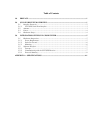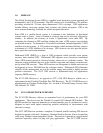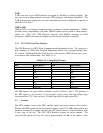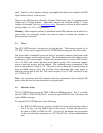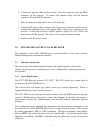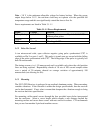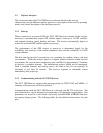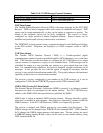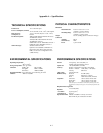
acquires a position fix with minimal delay after power cycling. The following
information is necessary to help decrease the time to track satellites after power-up and is
stored in RAM when backup power is provided:
• Almanac
• Ephemeris
• Real-time clock
• Last position
User settings, including port parameters and receiver processing options, can be stored in
non-volatile electrically erasable (EEPROM) that does not require power.
The SV12 GPS Receiver has two independently configurable serial I/O communication
ports. The dual data I/O port characteristics and other options are user programmable
and can be stored in non-volatile memory.
Warning – When customizing port assignments or characteristics, confirm that your
changes do not affect the ability to communicate with the receiver.
2.1 Interface Protocols
The SV12 GPS Receiver operates using either of three protocols – Trimble Standard
Interface Protocol (TSIP), Trimble ASCII Interface Protocol (TAIP) and NMEA 0183
(Version 3.0). The SV12 GPS Receiver also supports RTCM SC-104 for DGPS. The
factory default settings for the different factory default configurations are listed in Table
2.1-1 and Table 2.1-2.
Table 2.1-1 TSIP and NMEA Receiver Interface Protocols
Port Setting
Port 1 NMEA 0183 out/RTCM SC-104 V2.1 in
Port 2 TSIP bi-directional
Table 2.1-2 TAIP Receiver Interface Protocols
Port Setting
Port 1 NMEA 0183 out/ RTCM SC-104 V2.1 in
Port 2 TAIP bi-directional
TSIP
TSIP is a binary packet protocol that allows the system designer maximum configuration
control over the GPS receiver for optimum performance in any number of applications.
TSIP supports over 40 commands and their associated response packets for use in
configuring the SV12 GPS Receiver to meet user requirements.
2




